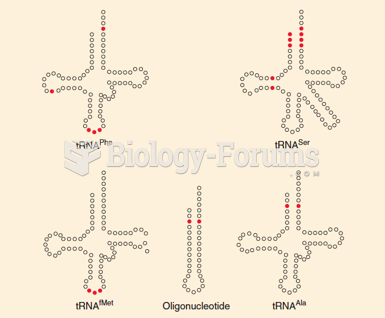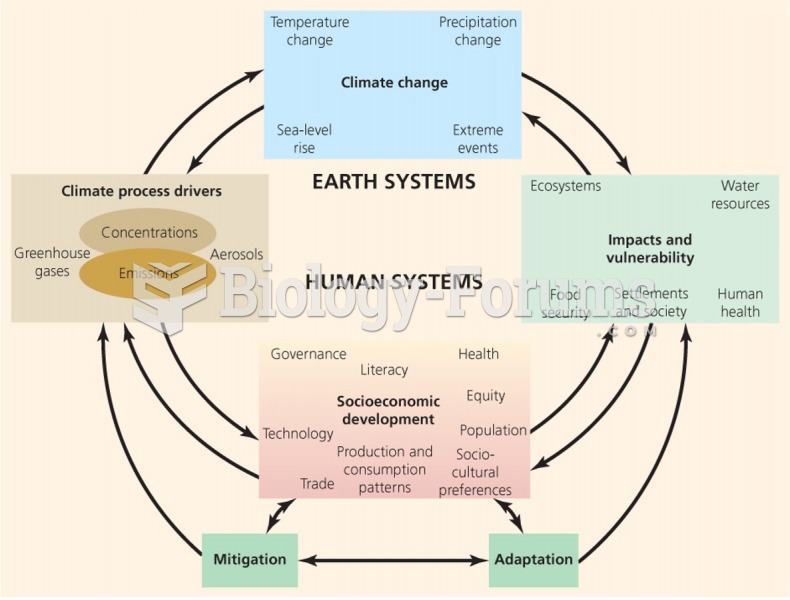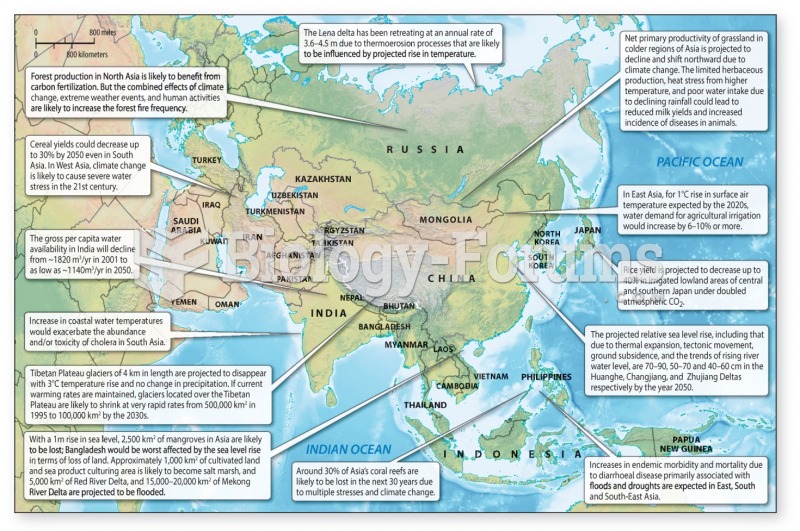Answer to Question 1
1. Establish the meaning and understand the personal significance of the situation. When a stressor is introduced into the family system, individual family members and the family as a collective unit try to make sense of what is happening. Charles Darwin once noted that, human beings cannot adapt to their environment alone; they are interdependent and must make collective efforts to survive. Sometimes the stressor is of such great magnitude, such as the death of a child, discovering that a spouse is having an extramarital affair, or learning that parents are divorcing, that common initial reactions may include numbness, shock, confusion, and disbelief. A family member or members confronting a stressor may also have a keen sense that there is no reality or past experience from which to draw to handle this stressful event. As disbelief gives way to reality, the life event becomes clearer and the family attempts to wrap their minds around it, to cognitively grasp what is unfolding. Eventually, the family must acknowledge the reality of the circumstances; it is at this point that individual family members and the family as a collective unit assigns significance to the situation.
2. Confront reality and respond to the requirements of the external situation. Stressor events demand our attention: a loved one who dies needs to be buried and his or her personal items need to be sorted through; workloads and job requirements may need to be adjusted in order for a spouse to be present while his/her spouse or child is receiving medical care; a person who loses a job needs to find ways to temporarily manage without the income and find other employment; a family who experiences violence needs to cope with not only the trauma of the physical violence, but also may need to realign family roles and rules; and those who suffer loss due to acts of nature such as flood, fire, tornadoes or hurricanes, must immediately find new shelter before they can think about rebuilding.
3. Sustain relationships with family members and friends as well as with other individuals who may be helpful in resolving the crisis and aftermath. This is perhaps as not as easy as it may seem. Many times people who experience change and crisis turn inward, becoming private in their grief as a result of their experiences. Whether a family opens up to other extended family members or friends depends upon their cultural and ethnic backgrounds, as some cultures and ethnicities are more open and willing to share than are others. Culture and society are the sculptors that shape what events a particular family perceives as stressful (Pearlin, 1982), and culture also dictates which coping strategies and problem-solving skills are appropriate and acceptable to use (Cordon, 1997 ).
4. Preserve a reasonable emotional balance by managing distressful feelings in response to the situation. Life transitions and change are often accompanied by powerful-sometimes overwhelming-emotions. According to Moos and Schaefer, the feelings of anger, guilt, self-blame, resentment, fear, anxiety, worry, hopelessness, and helplessness may be overpowering. Being able to maintain some level of emotional balance is necessary in order for a family to adapt to the change and maintain a sense of hope, even when that hope is temporarily overshadowed by the circumstances.
5. Preserve a satisfactory self-image and maintain a sense of competence and mastery. It is important to maintain a sense of confidence in the family's ability to adapt to, adjust to, and overcome life's challenges; the family must have a sense of an internal locus of control. When families are able to recognize that all families face struggles and challenges, with sufficient support networks and time, all families can successfully navigate change.
Answer to Question 2
True







